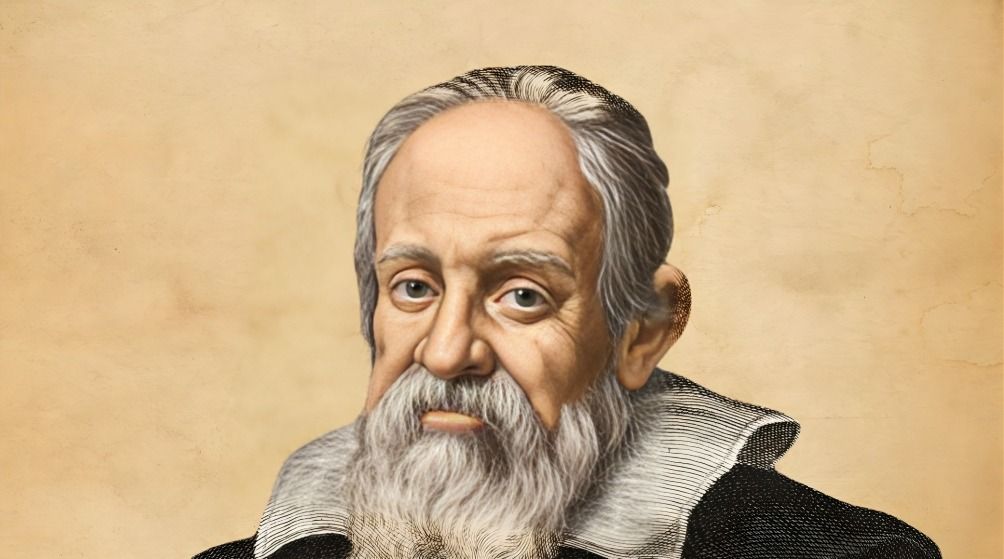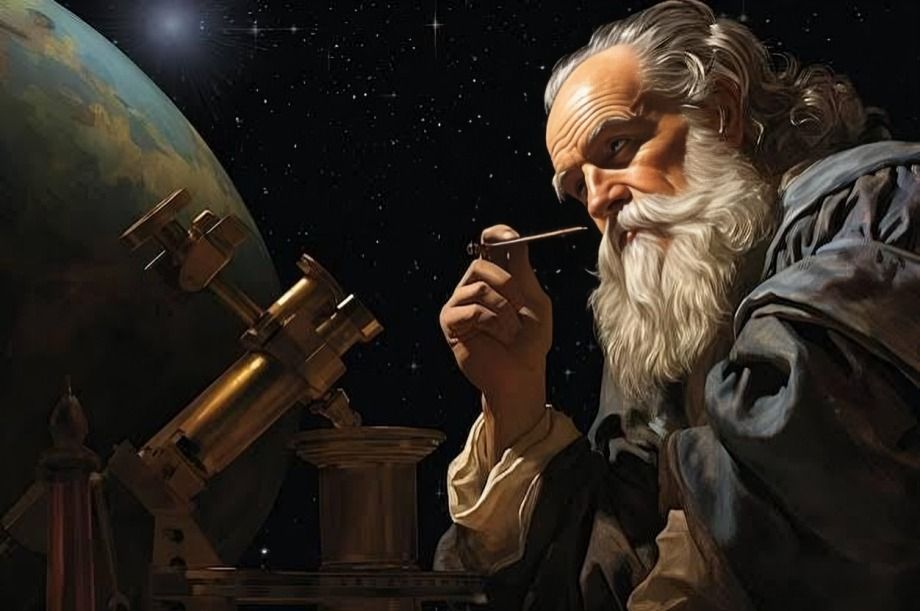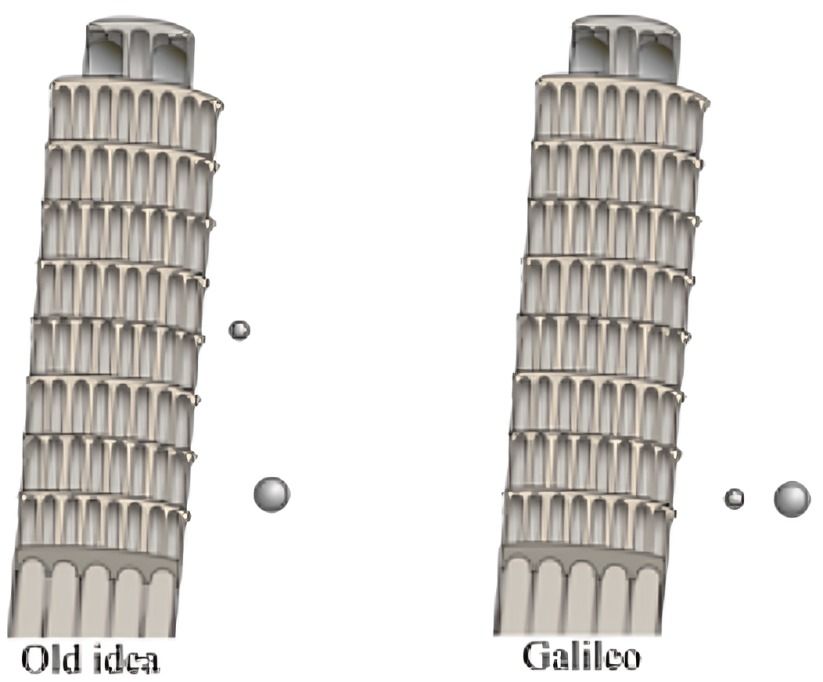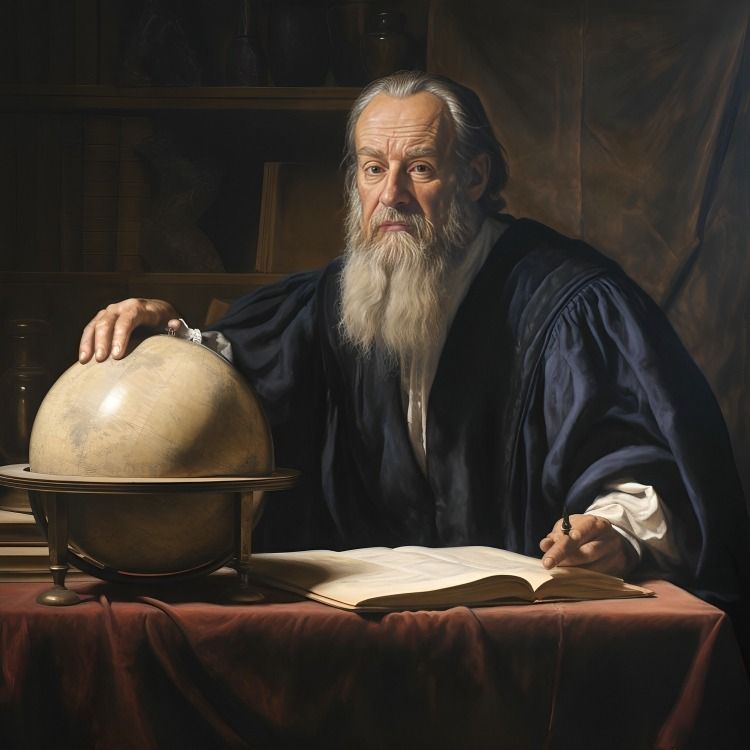
“
Interesting facts about Galileo Galilei showcase the life and legacy of one of history’s most influential scientists. Known as the "father of modern science," Galileo’s groundbreaking work in astronomy, physics, and the scientific method changed our understanding of the universe. In this blog, we’ll explore 20 interesting facts about Galileo Galilei, from his early discoveries to his defiant stance against the Catholic Church’s views on science. His observations of Jupiter’s moons, his improvements to the telescope, and his support of the Copernican heliocentric model forever altered the course of science. Though his ideas were controversial, Galileo’s relentless pursuit of truth paved the way for future generations of scientists. Join us as we dive into interesting facts about Galileo Galilei, celebrating the achievements of a man who helped shape the modern scientific world.1
”
Galileo Galilei, the "father of modern astronomy," pioneered telescope use, transforming astronomy and challenging beliefs with groundbreaking observations that reshaped humanity's understanding of the universe.1
In 1610, Galileo discovered Jupiter’s four largest moons—Io, Europa, Ganymede, and Callisto. This discovery proved that not all celestial bodies orbited Earth, shifting perspectives on our solar system.2
Galileo’s observations of Venus’s phases supported Copernicus’s heliocentric theory, offering powerful evidence that planets orbit the sun, challenging the Church’s geocentric belief and sparking intense scientific debates.3
Galileo improved telescope design by creating a 20x magnification model, enabling him to observe celestial bodies more closely and accurately than any previous astronomer, pushing astronomy forward significantly.4
Observing sunspots, Galileo challenged Aristotle’s belief in “perfect” celestial bodies. This discovery raised profound questions about the universe's nature and caused controversy among philosophers and religious leaders.5

In 1609, Galileo observed the Moon’s craters and mountains, proving it had a rugged, uneven surface. This insight contradicted the belief in the Moon’s perfect, smooth form.
Galileo’s “Dialogue Concerning the Two Chief World Systems” defended heliocentrism, angering the Church. His bold stance led to a heresy trial and lifelong house arrest in 1633.6
Although a devout Catholic, Galileo’s support for heliocentrism led to his conviction for heresy. The Church barred him from teaching or publishing, yet he remained steadfast in his beliefs.7
While under house arrest, Galileo continued his work on motion, laying the foundation for Newton’s laws. His studies contributed to our understanding of force, inertia, and gravity.8
Galileo’s physics experiments, especially on acceleration and free fall, contradicted Aristotle’s views on motion. His findings transformed science’s understanding of how objects move.9
Galileo’s fascination with pendulums led to his discovery of their consistent motion, which later inspired the invention of the pendulum clock, a major advancement in accurate timekeeping.10

Galileo’s “Law of Falling Bodies” proved that all objects fall at the same rate, regardless of weight, directly opposing Aristotle’s idea that heavier objects fall faster.
Even as blindness overtook him in later years, Galileo’s insatiable curiosity and dedication to scientific exploration inspired countless scientists to continue questioning and expanding knowledge.11
Galileo was among the first to use mathematics as the scientific language, promoting observation and experimentation over speculation to explain the natural world—a groundbreaking approach for science.12
Galileo observed Saturn’s unusual shape but couldn’t fully interpret it; later scientists recognized these shapes as Saturn’s iconic rings, a discovery that would intrigue astronomers for centuries.13
Galileo exchanged ideas with prominent scientists and thinkers, helping lay the foundations for a modern scientific community and advancing collaborative knowledge and critical scientific discussions.14
The Catholic Church formally acknowledged Galileo’s contributions centuries after his death, lifting his heresy conviction in 1992 and recognizing his role in advancing scientific knowledge.15

Galileo’s work “Two New Sciences” summarized his groundbreaking findings on physics and materials, earning it recognition as a foundational text in the development of modern science.
His insistence on empirical evidence shifted science from speculative philosophy to experimentation, setting a standard that influences scientific methods and research approaches to this day.16
Numerous honors celebrate Galileo, including moons, craters, and the Galileo spacecraft, which explored Jupiter, acknowledging his monumental contributions to astronomy and scientific progress.17


